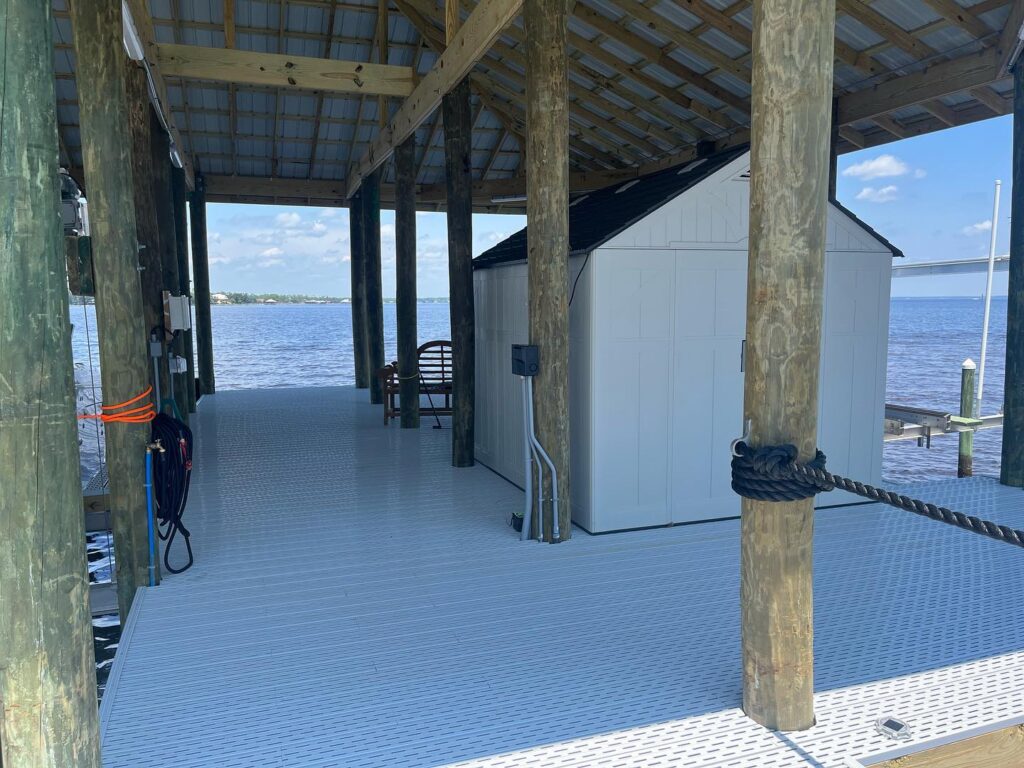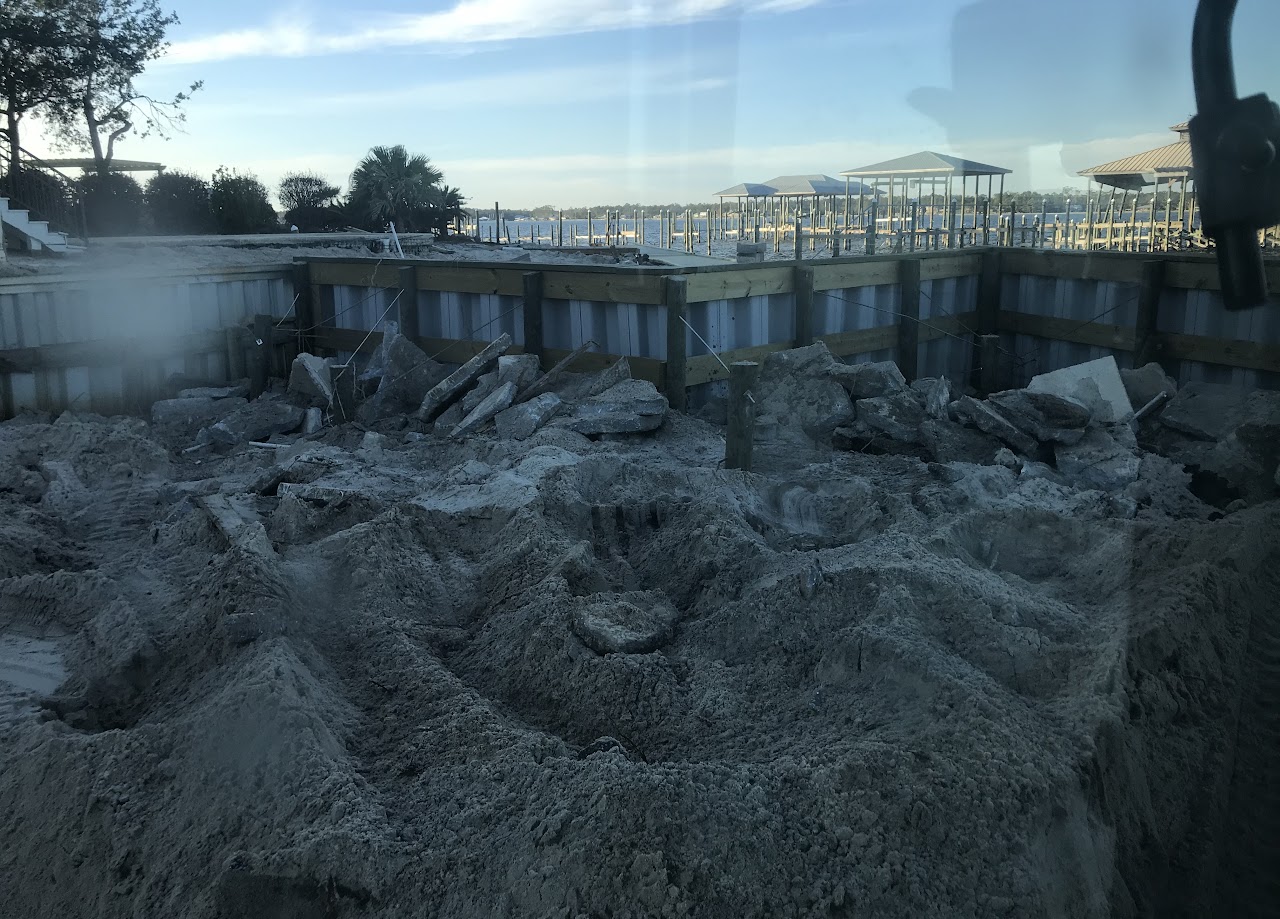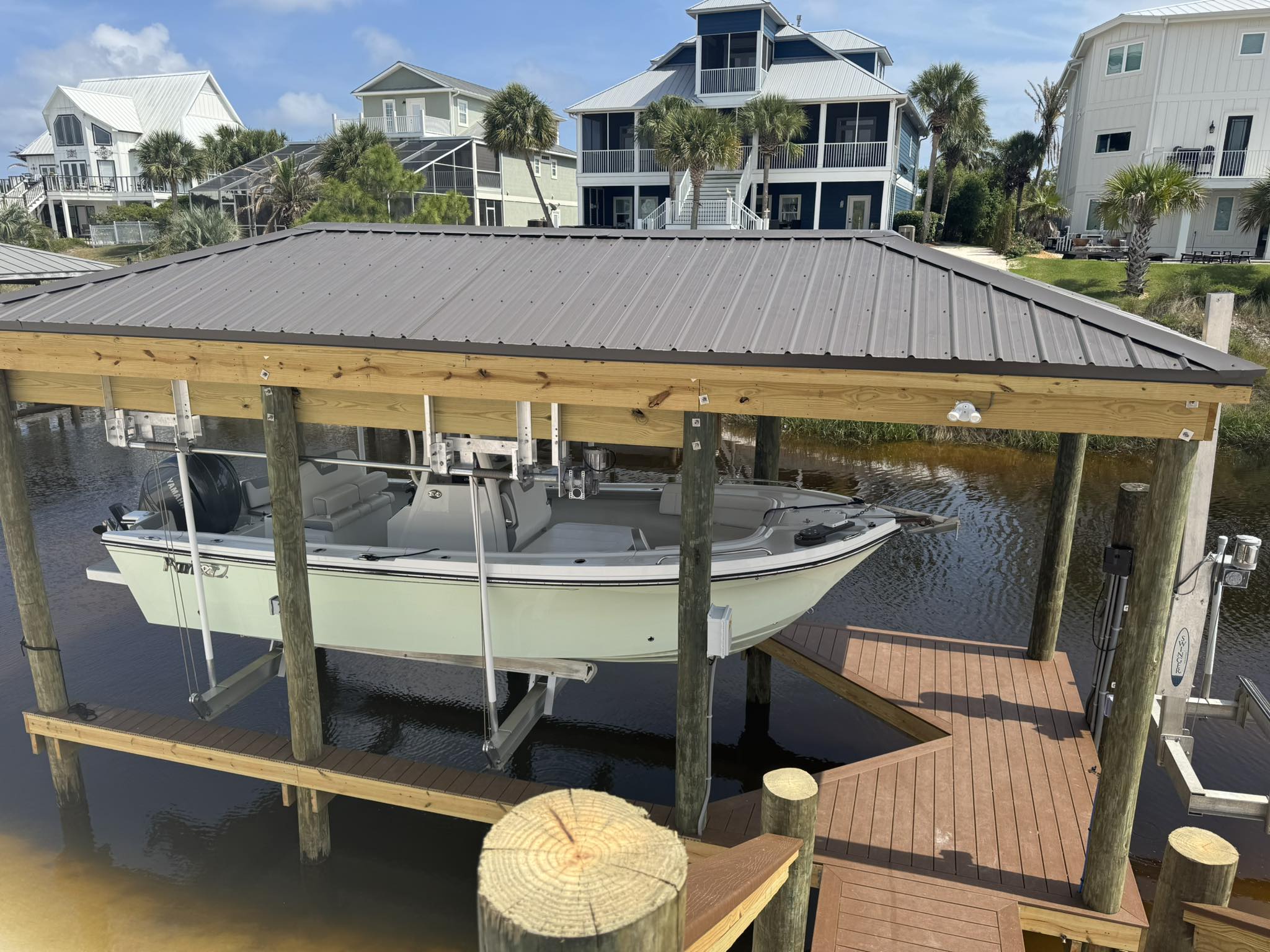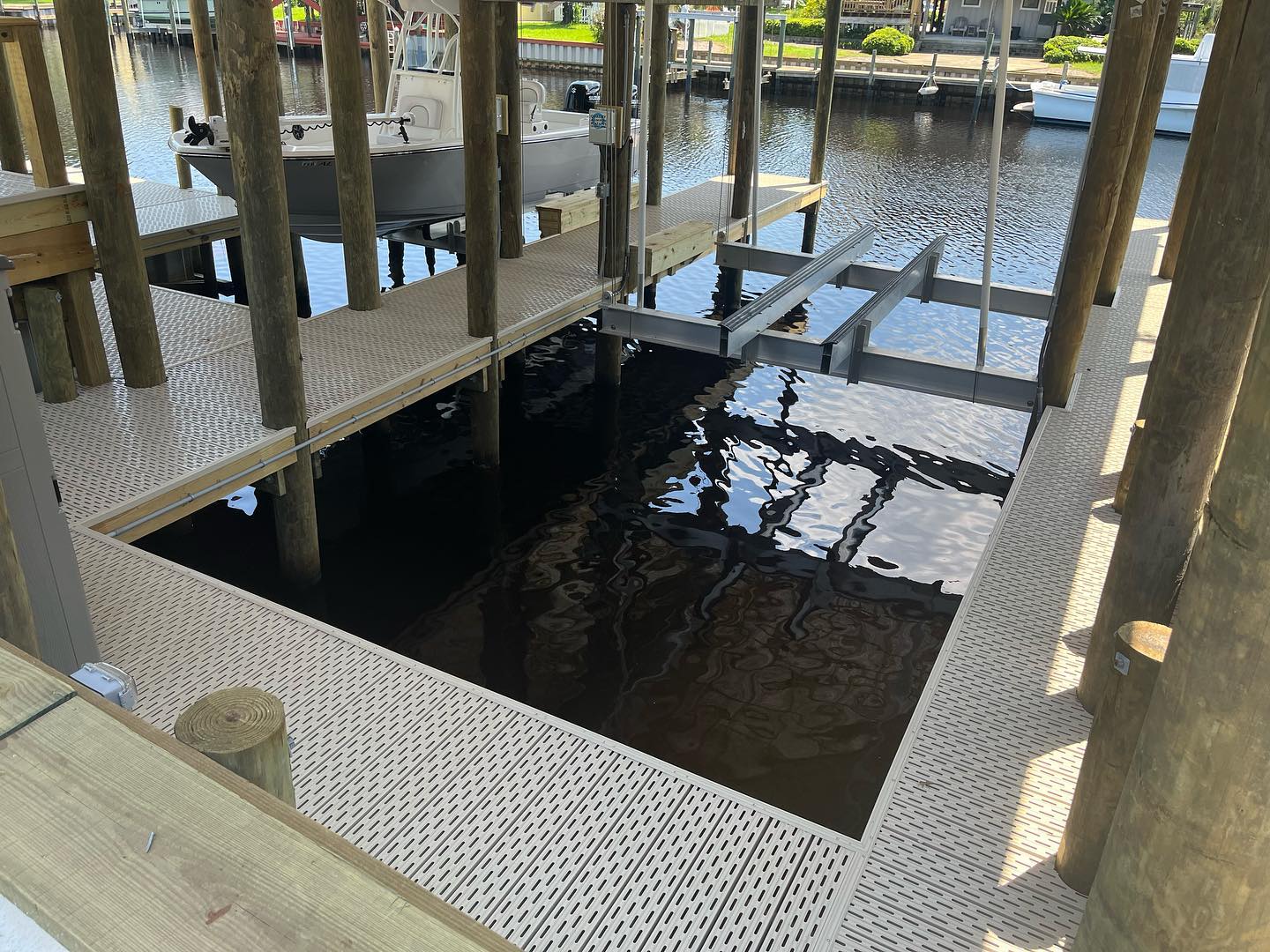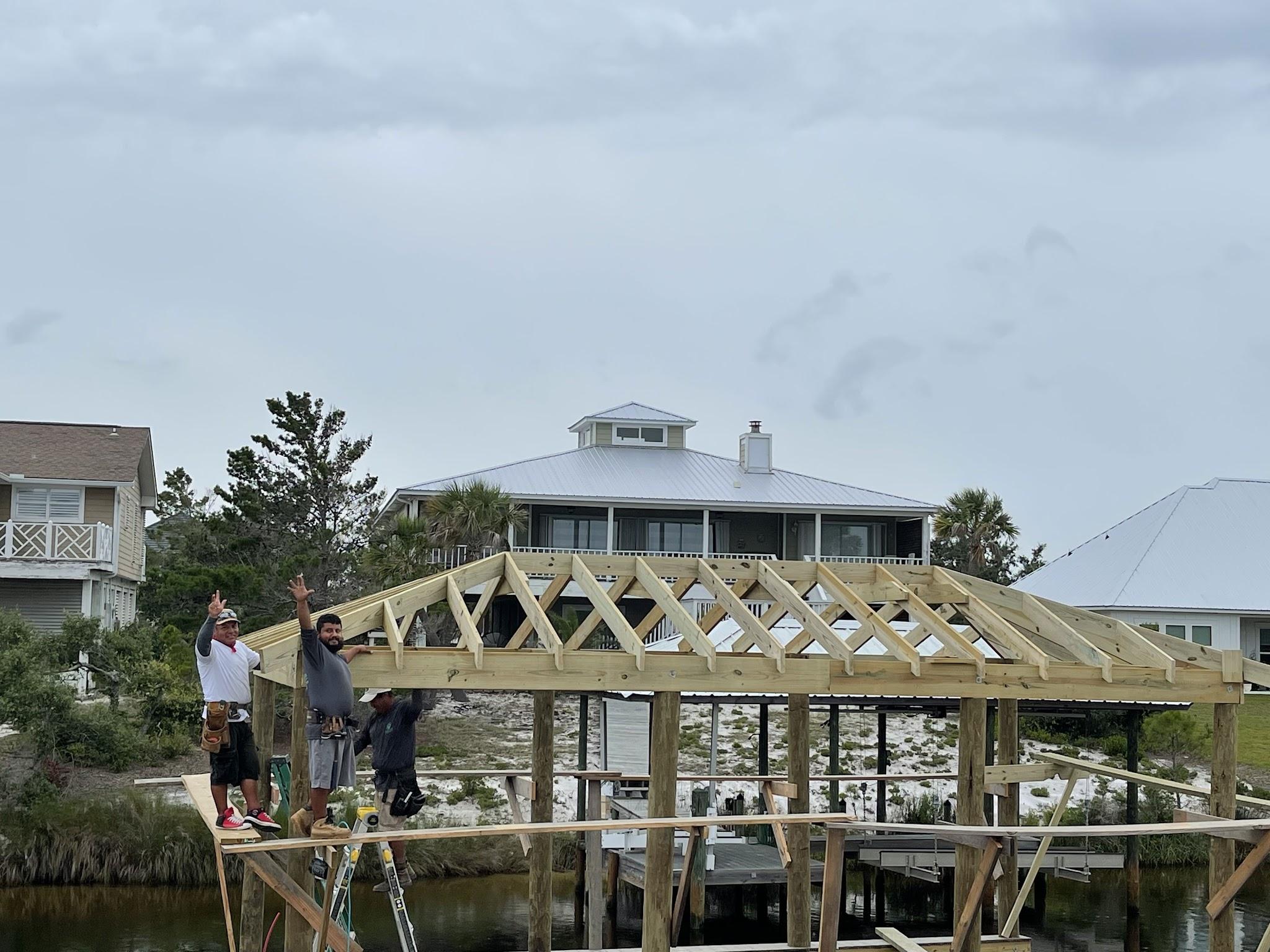Coastal communities around the world are confronting one of the most pressing environmental challenges of our time: rising sea levels. As global temperatures continue to climb and polar ice melts at accelerated rates, the world’s coastlines are being redefined—not only by nature, but by necessity. In this new landscape, smart marine engineering is not just valuable; it’s vital. The very infrastructure that supports economies, protects homes, and enables critical industries like shipping, fishing, and tourism must evolve in order to withstand the growing forces of erosion, flooding, and storm surge.
Understanding the scale of the problem and the opportunities that engineering solutions provide is essential to navigating the future of coastal development and preservation. From new anchoring technologies to innovative breakwaters, and from winch-assisted marine installation to resilient shoreline planning, the tools for protecting the coast are growing more sophisticated. But with those advances come deeper questions—how can we quantify the need for smarter marine infrastructure, and what does the data actually tell us?
The Science Behind Sea Level Rise
The National Oceanic and Atmospheric Administration (NOAA) reports that global sea levels have risen approximately 8–9 inches since 1880, with about a third of that rise occurring in just the last three decades. But projections for the future are even more sobering. Depending on emissions and ice melt scenarios, NOAA forecasts between 10 and 12 inches of rise along U.S. coastlines by 2050. In certain high-risk areas, like the Gulf Coast, those numbers could be even more severe.
This rise isn’t just gradual; it’s often amplified by other coastal processes. Land subsidence, where land sinks due to natural or human causes, makes areas even more vulnerable. Additionally, stronger and more frequent storms associated with climate change add to the stress on coastal systems, producing higher storm surges and accelerated erosion.
This combination creates a compounding threat—one that traditional engineering solutions can no longer effectively mitigate on their own. New approaches that combine real-time data, flexible designs, and sustainable practices are becoming the cornerstone of modern marine construction.
Why Coastal Infrastructure Matters More Than Ever
Coastal infrastructure—docks, seawalls, marinas, bridges, and pipelines—form the backbone of many regional economies. In the U.S. alone, over 40% of the population lives in coastal counties, contributing more than $8.3 trillion to the national economy according to NOAA. These regions house ports, refineries, tourism hubs, and residential neighborhoods, all of which depend on stable marine infrastructure.
Storm-related damage to coastal infrastructure is already a multi-billion-dollar problem. Hurricane Ian, which struck Florida in 2022, caused over $113 billion in damage, much of it due to infrastructure collapse. The cost of not adapting to rising sea levels and increasing climate risks could exceed $1 trillion by 2100, according to a joint report from the Union of Concerned Scientists and the EPA.
As these numbers indicate, the economic stakes of not engineering smarter solutions are enormous. But smart marine engineering is more than a reaction—it’s a proactive, strategic investment in resilience.
Smart Marine Engineering: What Does It Really Mean?
Smart marine engineering encompasses an integrated, data-informed approach to designing, constructing, and maintaining coastal and offshore structures. It involves several key principles:
1. Adaptive Design
Rather than relying on static systems, engineers are now embracing designs that can evolve with changing conditions. This may include adjustable pilings, modular docks, and dynamic anchoring systems that can respond to shifting tides and seabed movement.
2. Real-Time Monitoring
Sensors embedded in marine infrastructure can provide real-time data on water levels, wave activity, and structural stress. This information allows for predictive maintenance, reducing the risk of sudden failure.
3. Environmental Integration
Sustainable solutions like living shorelines, oyster reefs, and bioengineered breakwaters reduce the environmental footprint of construction while enhancing natural protection. These methods also increase biodiversity and improve water quality.
4. Advanced Equipment and Technology
The use of linear winches, GPS-guided pile placement, and aerial drone surveys has revolutionized the way marine engineers assess and manage job sites. Projects are now executed with greater precision and efficiency than ever before.
The Role of Data in Coastal Planning
Planning for the future of coastal infrastructure requires a data-driven approach. Engineers and developers must factor in not just historic tidal records, but also satellite observations, climate models, erosion maps, and sea-level projections.
For example, a 2023 U.S. Army Corps of Engineers study indicated that areas along the Gulf Coast may experience between 1.5 and 2 feet of sea-level rise by 2100 under intermediate-high scenarios. These predictions are driving new elevation standards for infrastructure and influencing the type of foundation systems used in construction.
Similarly, FEMA floodplain maps are being continually updated to reflect current and projected risks. Planners can no longer rely on outdated benchmarks—they must account for conditions decades into the future to ensure the longevity of their work.
Emerging Solutions and Innovations
Innovation in marine engineering is advancing rapidly to meet the unique demands of coastal adaptation. Some of the most promising developments include:
Floating Infrastructure
From floating docks to entire floating neighborhoods in places like the Netherlands, this technology offers a resilient alternative to fixed structures. It adapts to water level changes automatically and has minimal impact on the shoreline.
Hybrid Shoreline Defenses
Combining traditional seawalls with vegetation and permeable materials reduces wave energy while promoting natural sediment deposition. This helps stabilize the shoreline without extensive dredging or fill.
Subsea Anchoring Systems
Advanced marine anchors and pile systems are now being deployed with high-precision equipment. These systems improve stability in challenging soil conditions and reduce installation time.
Digital Twin Modeling
Digital twins—virtual models of physical infrastructure—allow engineers to simulate stress tests, sea-level changes, and storm scenarios. These simulations help improve designs and anticipate vulnerabilities before construction begins.
Case Studies in Coastal Adaptation
Cities and communities around the world are putting these principles into action. In New York City, the “Big U” project uses smart engineering and natural barriers to protect against storm surges. In Louisiana, sediment diversion projects aim to rebuild wetlands as a first line of defense against the Gulf’s encroaching waters.
Internationally, Singapore is investing $72 billion over the next 50–100 years to safeguard its coastline, including through the use of reclaimed land and automated flood barriers. These examples showcase a growing recognition of the need for investment in resilient, flexible marine infrastructure.
A Call to Action: Build Smarter, Not Just Stronger
As the climate crisis intensifies and sea levels continue to rise, the old playbook for marine construction is no longer sufficient. Building higher or stronger alone will not solve the issue. Instead, building smarter—integrating adaptive design, cutting-edge technology, environmental stewardship, and predictive planning—offers the best path forward.
Policymakers, developers, and engineers must work together to implement these strategies now, while there is still time to prevent the worst outcomes. The tools are available. The data is clear. The need is urgent.
Smart marine engineering is not only a response to an environmental challenge; it is a vision for a more resilient, sustainable, and prepared future along our coastlines.


